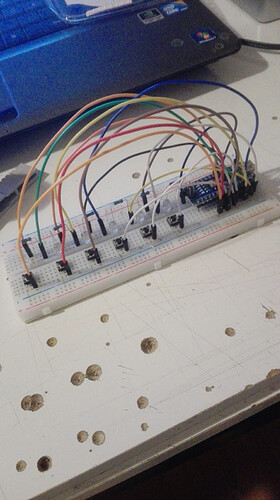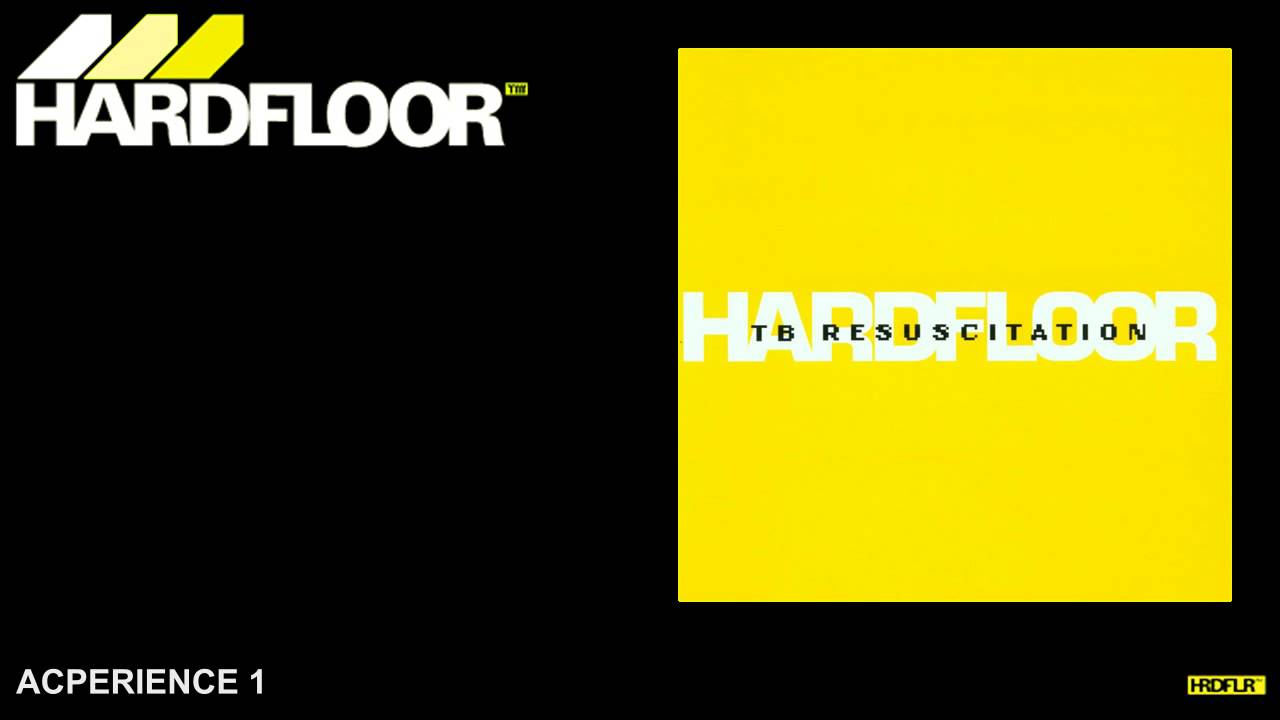I stumbled upon this little darling a while ago. Has anyone of you already built it and can you say something about it? Would it be a lot of programming work to add a small display?
Neat project. The generative engine alone is quite nifty.
MidiLab seems to be doing a great job with this, and their other projects are impressive. Just take a look at their other repositories on GitHub.
Top marks for choosing a very liberal free software licence (MIT). A brief glance at their code shows they care about good software design.
Not much coding, but how easy it is depends on how familiar you are with Arduino coding. There are plenty of demo apps and tutorials for running a 0.96 inch I2C OLED display on an Arduino. Electrically it couldn’t be simpler, as long as you have a connection to I2C free on your board. The displays are very inexpensive.
I caught my eye on it a while ago. Unfortunately, my Arduino programming skills don’t go far beyond “Blink” and “Hello World”. Once I built a midi controller according to YouTube instructions, which also worked fine. But because I don’t do enough with the Arduino, I’ve already forgotten most of it. And I want to get away from the computer too.
There is also this little wonder box, something (possibly with a Raspi or Teensy) as a standalone device would be really cool.
https://www.thomann.de/de/modal_craftsynth_v2.0.htm
This is also a super cool project.
And last but not least this one. I bought an old Gameboy from my nephew just in case I’m ready at some point ![]()
But for now I would of course be satisfied with the Aciduino … I have to see how I can best get the buttons on a panel or in a housing.
It also depends on how much ROM you have left, because those OLEDs can only display pixels, you have to store the character fonts in the arduino ROM.
Sometimes you have to use good old 2*20 LCDs just for that reason…
HAHAHAHA absolute epic fail !!! Once again I didn’t read correctly and was too hasty because of my joy! I thought it was an Arduino based clone of a TB303. That’s why I wondered why many more people didn’t already know it and talk about it. Well because it’s ONLY a sequencer that behaves like the one from the TB303 … * naaaarf * I’m a dumbass! Well, tomorrow the potentiometers, sketch and the midi socket and then I’ll test it with the MicroBrute. Maybe it’ll be fun
I don’t even know what a 303 is and what little I do know doesn’t impress me. Some kind of automatic drum machine? I don’t think it’s at all healthy to distinguish between percussion and non-percussion, bass and treble, in audio synthesis. The distinction is largely historical. It’s all audio. It’s all control.
The 303 is a pretty icon synth, particularly known for it’s extremely high resonant filter used to create the sounds in “acid” house and techno music, along with its step-sequencer which includes optional glides and accented notes. People are really obsessive about that little machine.
Behringer came out with an extremely cheap clone this year which I think has killed a lot of the need for people’s homebrew solutions, but original machines were fetching very high valuations for a long time there.
Fun fact, it was originally marketed as a tool for piano bassline accompaniment and they used Oscar Peterson to promote it!

The 303 is famous for its use as a simple bassline generator. Basslines as in this video (at t=333) are just da bomb!
You can hear that the filter is opened and closed while the resonance is high. This continues for a while.
I don’t know how much Flash memory is available for the display font data. “ROM” is a misnomer as Flash memory can be rewritten at runtime, though nowhere near as quickly as static RAM. There are numerous small footprint libraries for these displays, and some even run on the ATtiny85 which only has 8KB of flash for boot loader, application and font data.
Moreover relatively inexpensive breadboard-friendly versions of the Arduino Mega2560 are available. You get 256KB of Flash, eight times the amount available in a normal Uno or Nano. As well as being more than enough to support the display library, the Mega2560 has many more ports and so can support much more ambitious sequencer hardware. More pots, more buttons, more LEDs, more MIDI interfaces. And even audio interfaces if you want.
Here’s a listing for the breadboard-friendly Mega2560 Pro Mini.
I have literally never had any issues with space for fonts, even on a nano. Im sure this is possible, but one has to think about the overhead with 2*20 LCDs too. OLED can be bussed, and take up significantly less pins if thats more valuable. Also this is just preference, I think they look nice. They are smaller though.
Different displays for different applications. Frankly, I like 7 segment, but these days its just as easy to work with a SSD1366. Easier in many ways in fact.
If you want to hear what a 303 can do (or rather what three of them can do), listen to this. Nothing but the clones sound like it and it’s all because of that sequencer and, to a lesser extent, the 18dB lowpass filter:
I figure if basically a whole genre owes itself to a single machine its probably noteworthy in some respect.
At least one genre
The genres in question may be too new to be familiar to me. There’s a big gap in my musical appreciation from 1985 to 1997 that is best explained by analogy with this routine where Stewart Lee explains that being a father means the only film he’s seen recently is Scooby Doo’s Pirate Zombie Adventure, 200 times.

Yep, that explains it.
It kinda shares a story with the 808 and 909 drum machine. It failed to appeal with the target audience because it was “unrealistic”. Since it was marketed as a bass guitar simulator, and it sucks at that. Roland discontinued it in 1984 and sold off remaining units on the cheap.
Then 1987 came around and acid/rave music became popular largely in part for the availability of these machines in the secondary market. Its limitations were not a problem to artists on a budget it seems, and the late 80’s and early 90’s saw a surge of overdriven saws and squares comin out of this thing (heard in Acperience 1 above).
Is it especially unique? I cant say it is really. However I think it’s limitations shaped the creativity of those who used it, and we can look at this whenever we see some “bad gear”.
So you’re saying, if Thatcher hadn’t created a whole generation of impoverished, hedonistic amateur musicians with nowhere to go, by neglecting the jungle canyon rope bridges, the 303 would be just another failed synth? It has the ring of truth.


![[HowTo] Turn a Raspberry Pi into a DIY Virtual Instrument with SamplerBox | Phazerville](https://global.discourse-cdn.com/free1/uploads/lookmumnocomputer/original/2X/2/23b2568420e29e8901f7c64d8b29afa9c471c312.jpeg)





